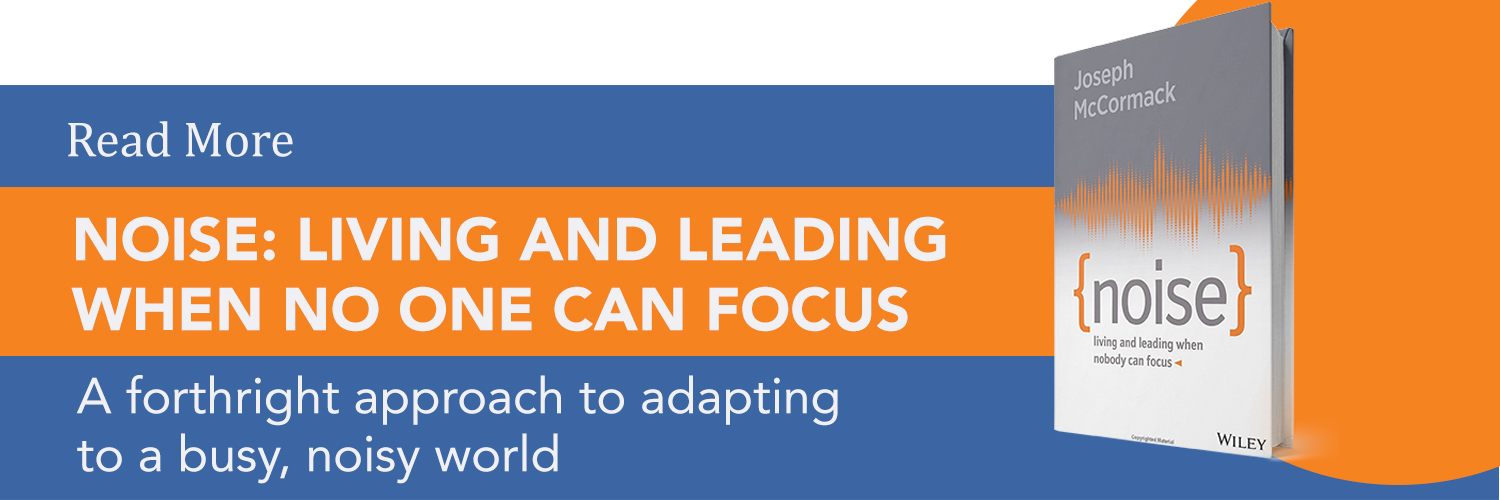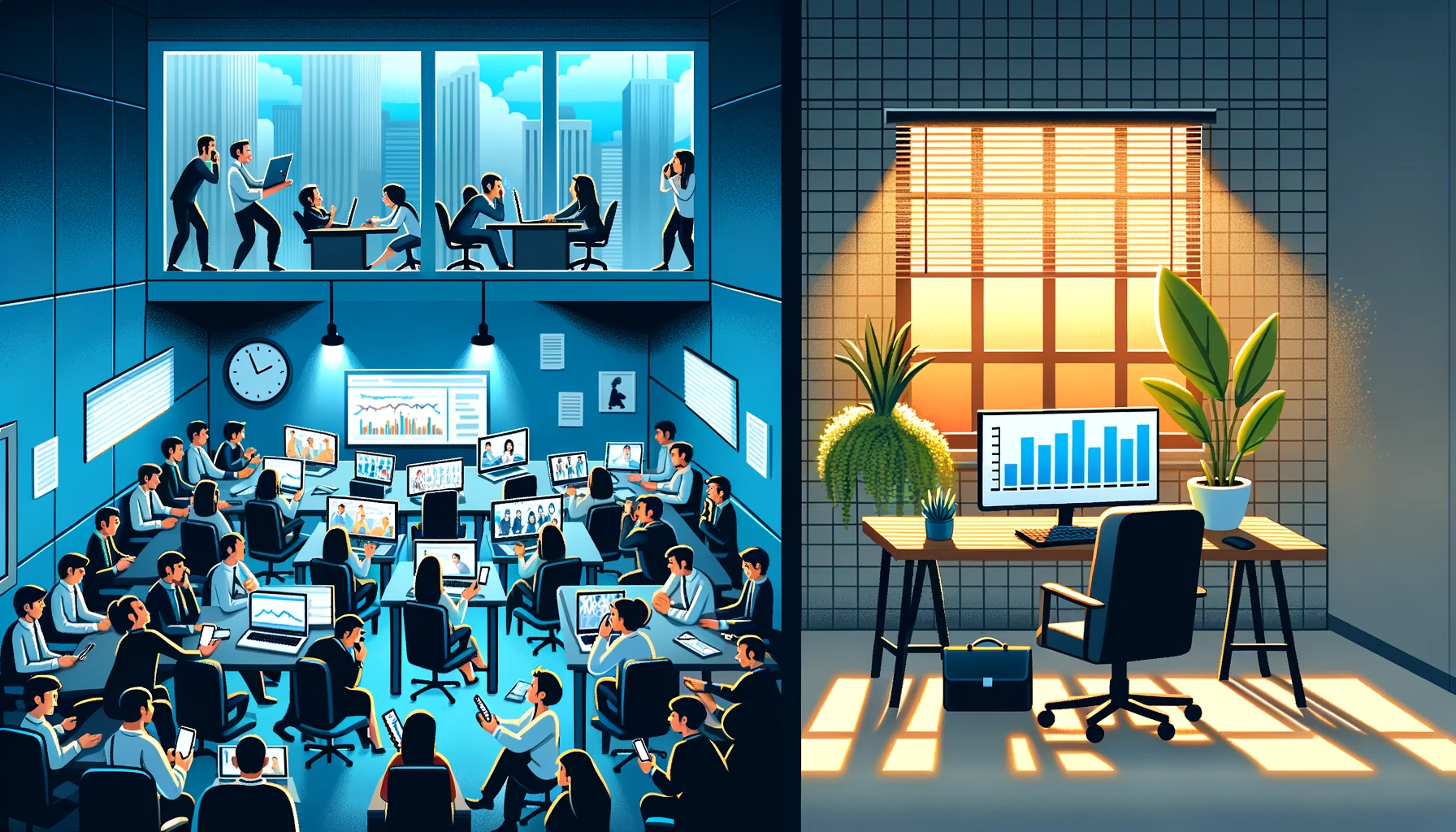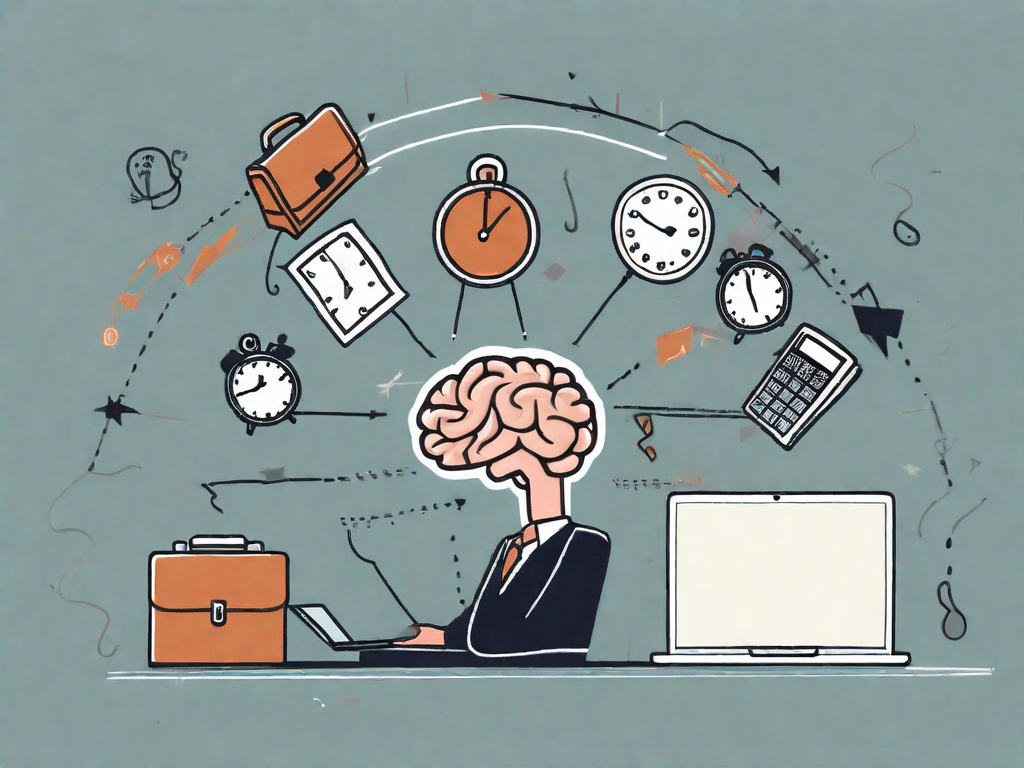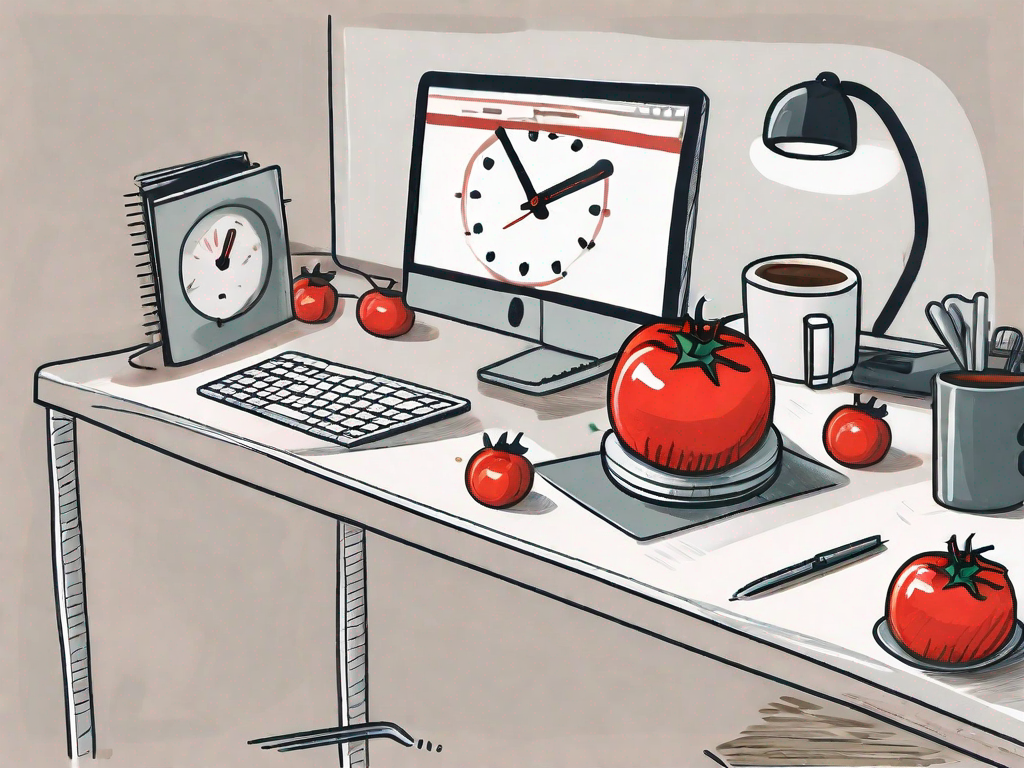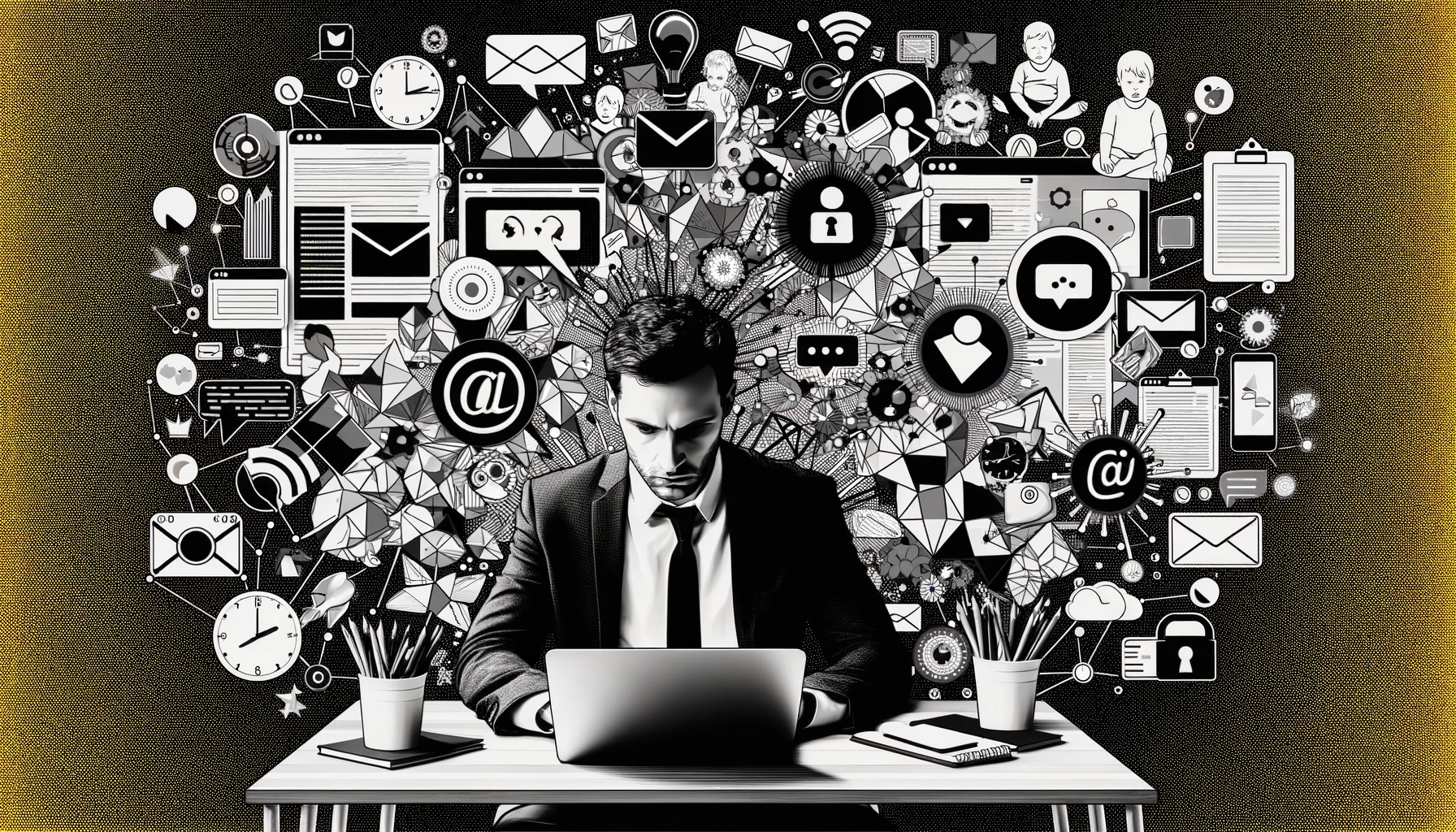
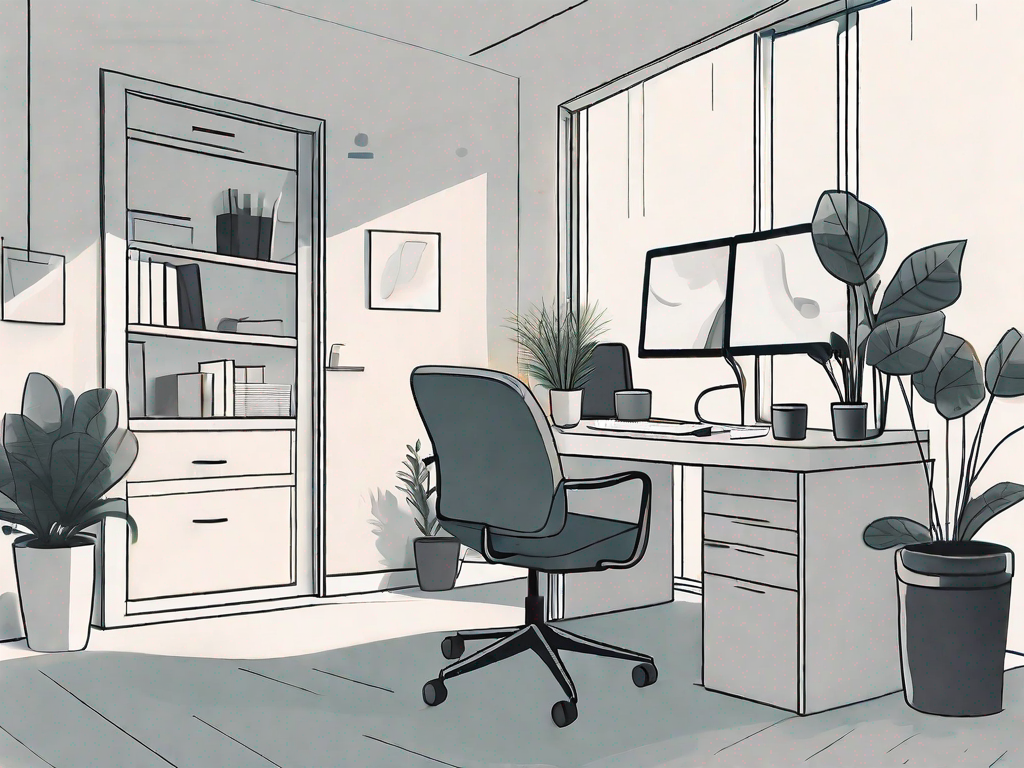
How to Avoid Distractions at Work
Distractions at work can be a productivity killer. In fact, the average worker experiences 15 interruptions per hour worked, which means they are getting distracted every four minutes, and 40% of knowledge workers do not have a single opportunity to focus for a continuous 30-minute period during their workday.
While we can’t always control our work environment, there are strategies we can implement to minimize distractions. Here, we’ll explore the common types of distractions in the workplace and offer practical tips to help you stay on task. We’ll discuss the importance of planning your day, managing notifications and interruptions effectively, setting boundaries for personal communication during work hours, and why multitasking can be a distraction. Additionally, we’ll cover how to create an effective work environment by replacing noise with calming sounds for better focus and implementing time blocks to boost productivity. Lastly, we’ll address the role of health in reducing distractions and explain why taking regular breaks is essential for staying focused.
Understanding Workplace Distractions
Identifying common distractions that hinder productivity is crucial in understanding workplace distractions. The impact of distractions on work performance cannot be underestimated. Research shows that the average employee gets interrupted 50 to 60 times per day, with about 80% of these interruptions being unimportant. According to a Udemy survey, the most common distractions for workers include chatty coworkers (80%), office noise (70%), feeling overwhelmed by changes at work (61%), meetings (60%), and social media (56%). It’s interesting to note that people do not immediately resume their tasks after being interrupted 40% of the time.
Common Types of Distractions in a Work Environment
- Meetings: Too many meetings kill productivity, and pointless meetings leave employees feeling resentful and overwhelmed
- Email: Email overload can disrupt workflow, so managing a flood of emails is crucial.
- Social Media: Social media temptations can be hard to resist, and constantly checking platforms like Twitter and Facebook can lead to less time dedicated to work. One study even estimated that logging onto social media costs the United States economy $650 billion due to its significant distraction for the workforce.
- Text Messages: Minimizing distractions caused by constant text notifications is important, as is limiting time spent on non-work-related online browsing.
- Noise: Workplace noise can also be a significant distraction, so finding ways to reduce or block out office sounds is essential.
- Interruptions: Co-workers and customers are the chief sources of interruptions throughout the workday.
What are some effective strategies for avoiding distractions at work?
Some effective strategies for avoiding distractions at work include creating a dedicated workspace, setting clear boundaries with colleagues, using productivity tools and apps, prioritizing tasks and setting goals, practicing time management techniques, and taking regular breaks to recharge.
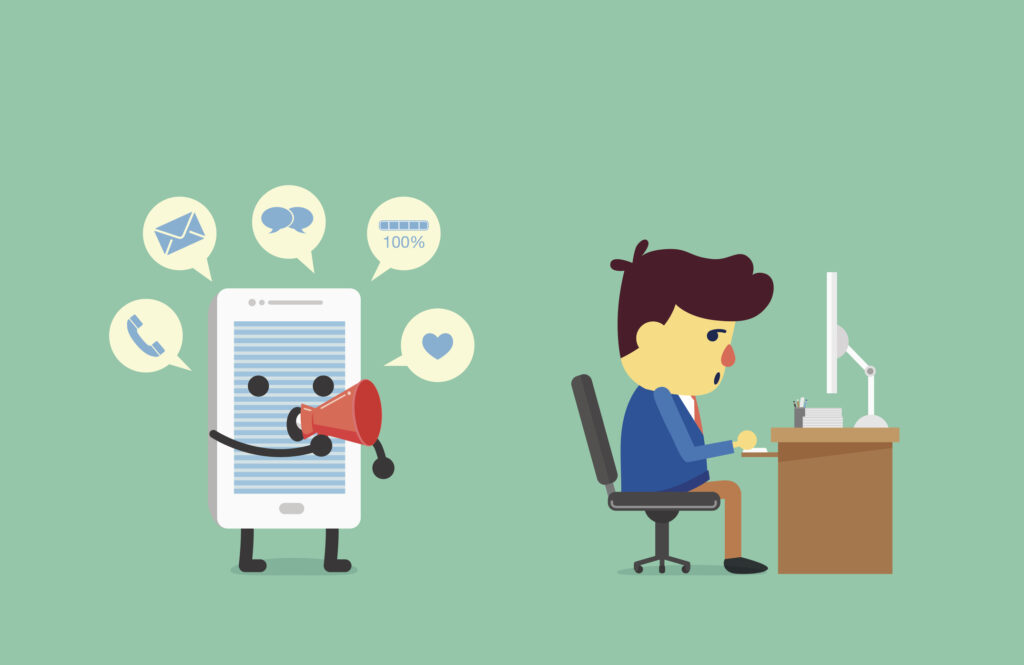 Plan Your Day
Plan Your Day
Planning your day is crucial when it comes to avoiding distractions at work. By prioritizing tasks based on urgency and importance, you can ensure that you stay focused on what truly matters. Breaking down larger projects into smaller, manageable tasks not only makes them more achievable but also helps to prevent overwhelm. Utilizing to-do lists or digital task management tools can help you stay organized and keep track of your progress. Remember to regularly review and adjust your schedule as needed to stay on track and maintain efficiency.
Manage Notifications and Interruptions
To avoid distractions at work, it’s important to manage notifications and interruptions. One way to do this is by disabling non-essential notifications that can divert your attention. Additionally, scheduling specific times to check and respond to emails and messages can help you stay focused on your tasks. Utilizing tools or apps that allow you to control and filter incoming notifications can also be helpful in minimizing distractions. Setting boundaries with colleagues regarding the timing and frequency of interruptions is another effective strategy. Finally, using headphones or white noise can block out background noise and help you maintain your focus.
Set Boundaries for Personal Communication During Work Hours
Clearly communicate the importance of uninterrupted work time to friends and family. Establish specific periods for personal calls or messages during breaks to maintain focus. Utilize features such as “Do Not Disturb” on your phone or messaging apps to minimize interruptions. Practice self-discipline to avoid personal distractions during work hours. By setting boundaries, you can optimize your productivity and maintain the quality of your work.
Create an Effective Work Environment
To create a productive work environment, optimize your physical workspace for better focus and efficiency. Minimize clutter and ensure an organized setup that promotes a clear mind. Adequate lighting and comfortable seating are essential to reduce discomfort and maintain concentration. Personalize your workspace with elements that inspire creativity while avoiding distractions. Keep your workspace clean and free from unnecessary items or interruptions. By setting up an effective work environment, you can enhance the quality of your work and minimize distractions throughout the day.
Replace Noise with Silence
Numerous studies have shown that noise can significantly impact productivity, concentration, and creativity levels in the workplace. In fact, one study discovered that 69% of global employees experience negative effects from noise distractions. To combat this, consider incorporating ambient or white noise to enhance your concentration. Calming sounds or instrumental music can also help drown out distracting noises. Experiment with noise-canceling headphones to block external sounds or create a playlist of focus-enhancing music or sounds. Ultimately, finding the right balance between silence and background noise is important for improving your focus and productivity throughout the workday.
Implement Time Blocks to Boost Productivity
To enhance your productivity at work, consider implementing time blocks. Allocate specific periods for different tasks or project phases based on their priority. During your peak productivity periods, focus on high-value tasks that require more attention. Utilize time management techniques like the Pomodoro Technique, breaking your work into intervals with short breaks in between. Set realistic deadlines and allocate buffer time for unexpected challenges. Regularly evaluate and adjust your time blocks to optimize productivity. By implementing time blocks, you can effectively manage your workload and increase your productivity throughout the workday.
The Role of Health in Reducing Distractions
The constant distractions at work not only make people less productive but also contribute to increased stress levels. According to the American Institute of Stress, a lack of control over one’s work is a major contributor to workplace stress. To reduce distractions, prioritize your health in the following ways:
- Get enough sleep to improve focus and productivity.
- Taking care of your mental health helps maintain a clear mind.
- Prioritize exercise and healthy eating to sustain energy levels throughout the workday.
- Implement stress management techniques to stay calm and focused.
- Schedule regular breaks to prevent burnout and increase productivity.
The Importance of Breaks and Downtime
Contrary to popular belief, taking breaks can actually enhance productivity. By understanding the science behind work-break balance and engaging in effective break activities, you can reenergize and maintain focus throughout the day. Research has shown that our brains have a limited capacity to sustain attention and focus. Taking periodic breaks allows us to replenish mental resources, resulting in improved concentration and overall performance.
Here are some activities that can help you recharge and maintain a productive mindset:
- Physical movement: Stretch, take a short walk, or engage in a quick exercise routine to boost blood flow and increase alertness.
- Relaxation exercises: Practice deep breathing, meditation, or other relaxation techniques to reduce stress and enhance focus.
- Social interaction: Engage in brief conversations with friends or coworkers, as socializing can provide a mental break and combat feelings of isolation.
How Quiet Works Can Help
Now that you have a better understanding of workplace distractions and effective strategies to minimize their impact, it’s time to implement a personalized action plan to stay focused and achieve your professional goals. Regularly assess your progress and evaluate what is working and what needs improvement. Adapt your action plan based on your observations and make adjustments as necessary.
At the Quiet Workplace, our core principles will guide the creation of new practices in your day to provide moments and places for quiet. Our Quiet Works programs teach you how to prioritize quiet time to think and plan; rest and restore; review and reset; fuel insight and innovation; regain calm and concentrate; discover what’s human and more humane.
The Quiet Workplace is changing the way people think about “quiet” at work. Quiet shouldn’t be an unexpected surprise; it should be an important, scheduled part of every single day. By implementing these strategies and remaining mindful of the common distractions that can derail your focus, you can reclaim control over your workday and optimize your productivity. Remember, avoiding distractions is an ongoing effort, but with persistence and intentionality, you can create a work environment that allows you to thrive.


